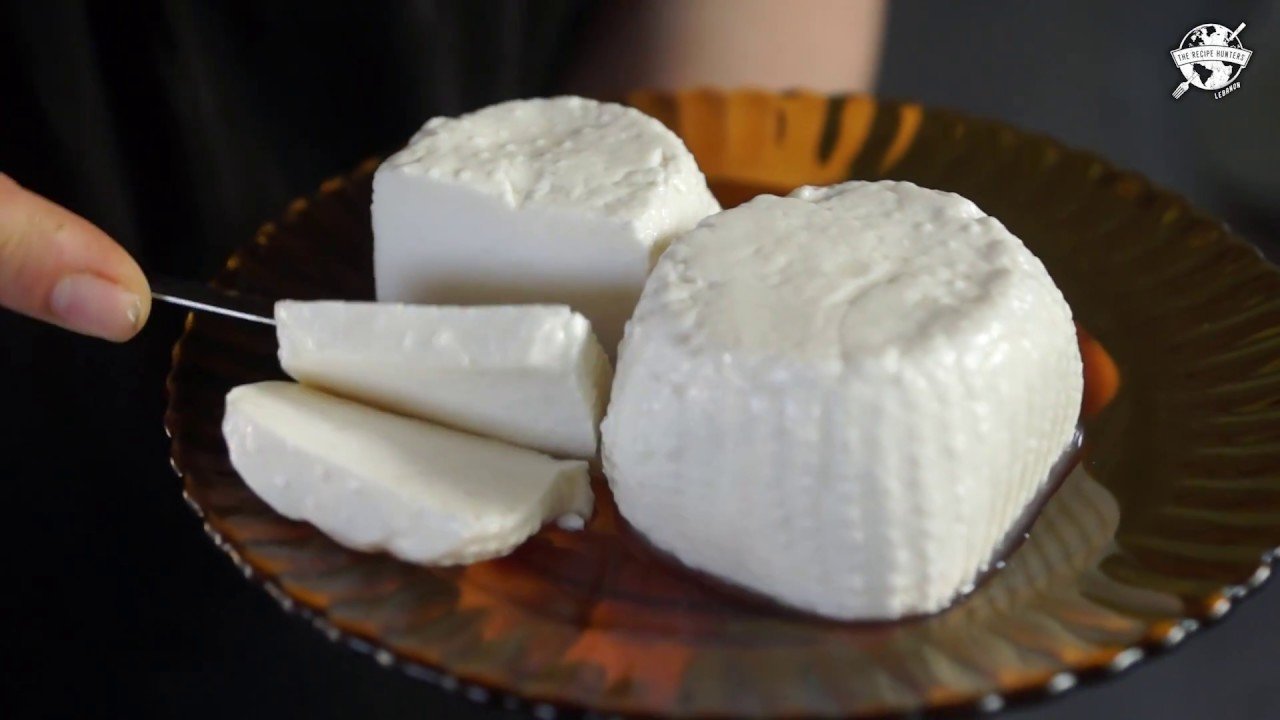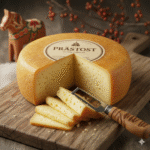Gibna Bayda, often called Gibna Beida, Gibna Beda, or simply Gibna, is one of the most iconic cheeses in Egypt. Characterized by its fresh, white appearance and distinct brined flavor, this cheese has been a staple in Egyptian households for centuries. Whether enjoyed at breakfast with warm baladi bread or crumbled over salads, Gibna Bayda remains a beloved part of Egyptian culinary tradition.
This guide explores the origins, flavor, production methods, and delicious ways to enjoy Egyptian white cheese, along with helpful insights for anyone searching for white cheese Egypt in global markets.
What Is Gibna Bayda?
Gibna Bayda (literally “white cheese” in Arabic) is a soft to semi-soft brined cheese made traditionally from buffalo milk, though cow’s milk versions have become more common today. Its bright white color, mild taste, and crumbly yet creamy texture make it one of the most versatile cheeses in Egyptian cuisine.
While often compared to feta, Gibna Bayda has its own unique character—creamier, slightly firmer, and typically saltier due to its extended brining process.
Common alternate spellings include:
-
Gibna
-
Gibna Cheese
-
Gibna Beda
-
Gibna Beida
-
Gebna Beda
All refer to the same iconic Egyptian cheese.
Flavor & Texture: What Makes Gibna Unique?
The milk source plays a major role in shaping the flavor profile:
Buffalo Milk Gibna Bayda
-
Richer and creamier
-
Slightly higher fat content
-
Smooth texture
Cow Milk Gibna Bayda
-
Lighter flavor
-
More crumbly
-
Less creamy but still delicious
Regardless of milk type, the longer brining period results in:
-
A pleasantly salty bite
-
A clean, tangy finish
-
A dense, moist texture
This balance of saltiness and creaminess is what makes Gibna cheese so popular across the Middle East and North Africa.
How Gibna Bayda Is Made
Traditional Egyptian white cheese follows a simple but time-tested method:
-
Fresh milk is heated and mixed with rennet.
-
Curds form and are gently separated.
-
The curds are pressed lightly into rectangular blocks.
-
Cheese blocks are soaked in brine for days or weeks.
-
They develop firmness, saltiness, and a longer shelf life.
Because Egypt’s climate is warm, brining became a natural way to preserve cheese safely. Today, brining is still considered essential to developing authentic Gibna Bayda flavor.
Popular Ways to Enjoy Gibna Bayda in Egypt
Gibna Bayda plays a role in nearly every Egyptian home. Its mild, salty flavor makes it incredibly versatile.
1. Breakfast Favorite
Traditionally served with:
-
Baladi bread
-
Tomatoes & cucumbers
-
Olive oil drizzle
-
Black olives
It’s the centerpiece of many Egyptian breakfast tables.
2. Salads & Bowls
Crumble it over:
-
Green salads
-
Grain bowls
-
Fattoush
It adds a refreshing, salty contrast.
3. Baking & Cooking
Because it softens beautifully without melting completely, Gibna Bayda is used in:
-
Pastries like feteer meshaltet
-
Stuffed peppers
-
Baked casseroles
-
Egg dishes (shakshouka variations)
4. Snacking
Enjoy it with watermelon in summer—a classic Egyptian pairing that enhances the salty-sweet contrast.
Gibna Bayda vs. Other Middle Eastern Cheeses
| Cheese | Texture | Flavor | Best Use |
|---|---|---|---|
| Gibna Bayda | Soft/semi-soft | Salty, mild | Breakfast, salads, baking |
| Feta (Greek) | Crumbly | Tangier | Salads, pastries |
| Halloumi | Firm | Mild, salty | Frying, grilling |
| Nabulsi / Akkawi | Elastic | Mild | Frying, pastries |
Gibna Bayda sits somewhere between feta and nabulsi, offering creaminess without being overly sharp.
Health & Nutrition Profile
Gibna Bayda provides:
-
High-quality protein
-
Calcium for bone health
-
Good fats
-
Lower carbohydrates
Buffalo-milk versions tend to be richer, while cow-milk versions are lower in calories.
As with all brined cheeses, it’s higher in sodium—moderation is key.
Finding Gibna Bayda Outside Egypt
If you’re searching for white cheese Egypt or Egyptian white cheese abroad, look for these labels at Middle Eastern or Mediterranean markets:
-
Egyptian White Cheese
-
Gibna Bayda
-
Gebna Beda
-
Baladi Cheese (similar but varies by region)
When unavailable, the closest substitutes are:
-
Feta (milder versions)
-
Queso fresco
-
Farmer cheese
However, none quite match the creamy-yet-brined taste of authentic Gibna Bayda.
Why Egyptians Love Gibna Bayda
This cheese holds cultural and emotional significance. It represents:
-
Comfort food
-
Daily tradition
-
Regional identity
-
Family meals shared
From simple breakfasts to festive gatherings, Gibna Bayda remains a symbol of Egyptian hospitality and simplicity.
Conclusion: A Timeless Egyptian Classic
Gibna Bayda isn’t just cheese—it’s a tradition passed down for generations. Its creamy texture, salty tang, and versatility make it a beloved part of Egyptian cuisine. Whether you’re exploring new cheeses, recreating Egyptian dishes, or curious about gibna cheese, this classic white cheese deserves a place in your kitchen.



